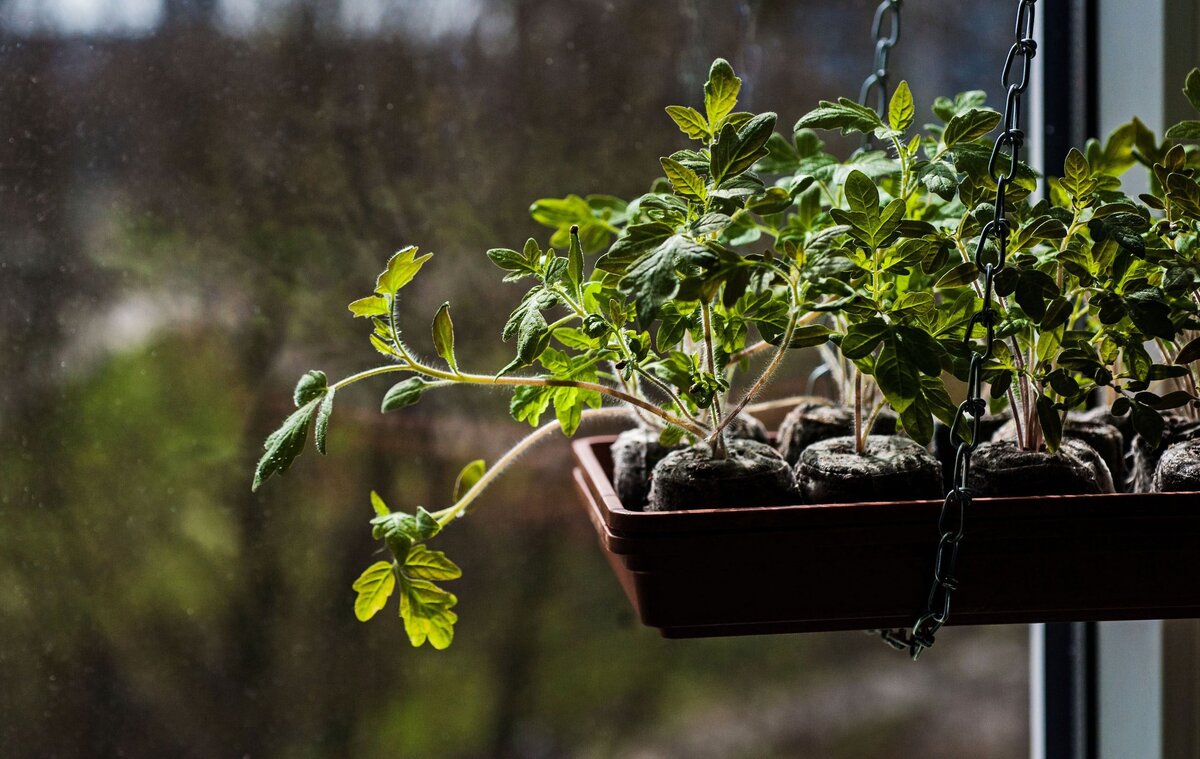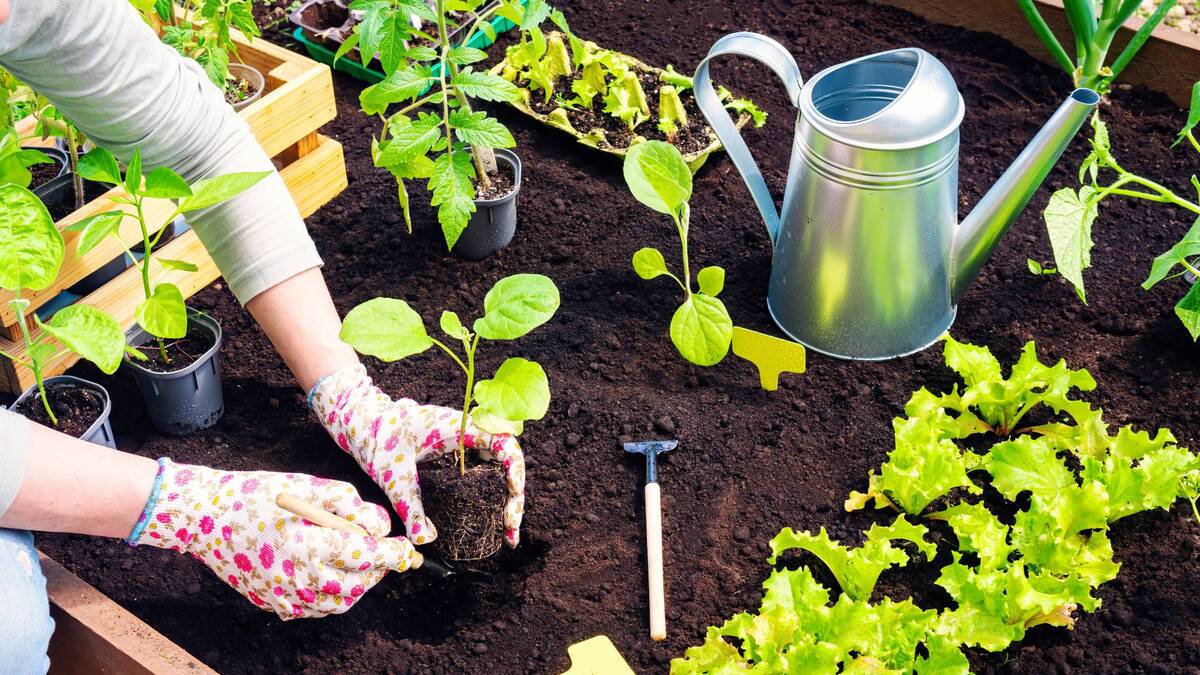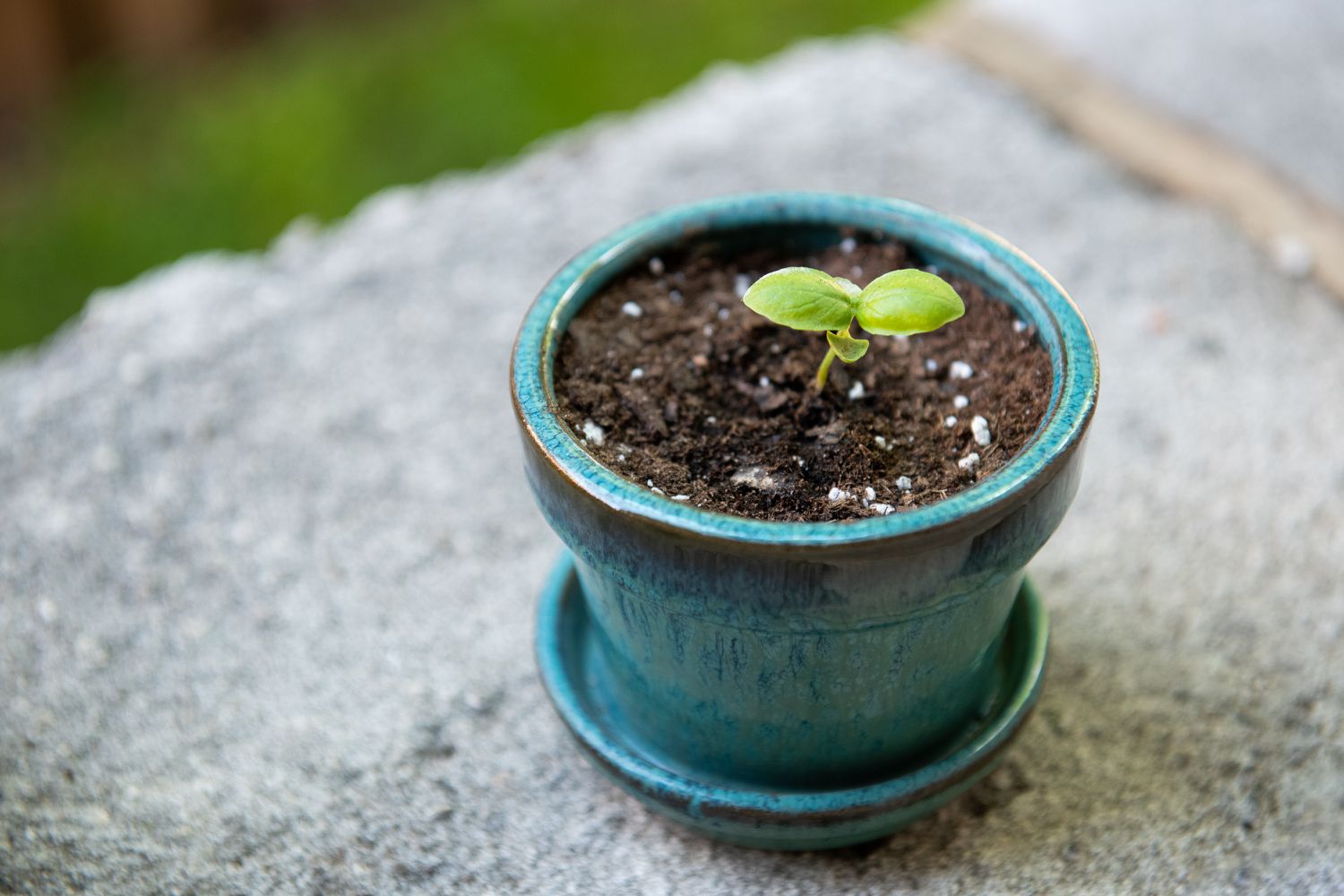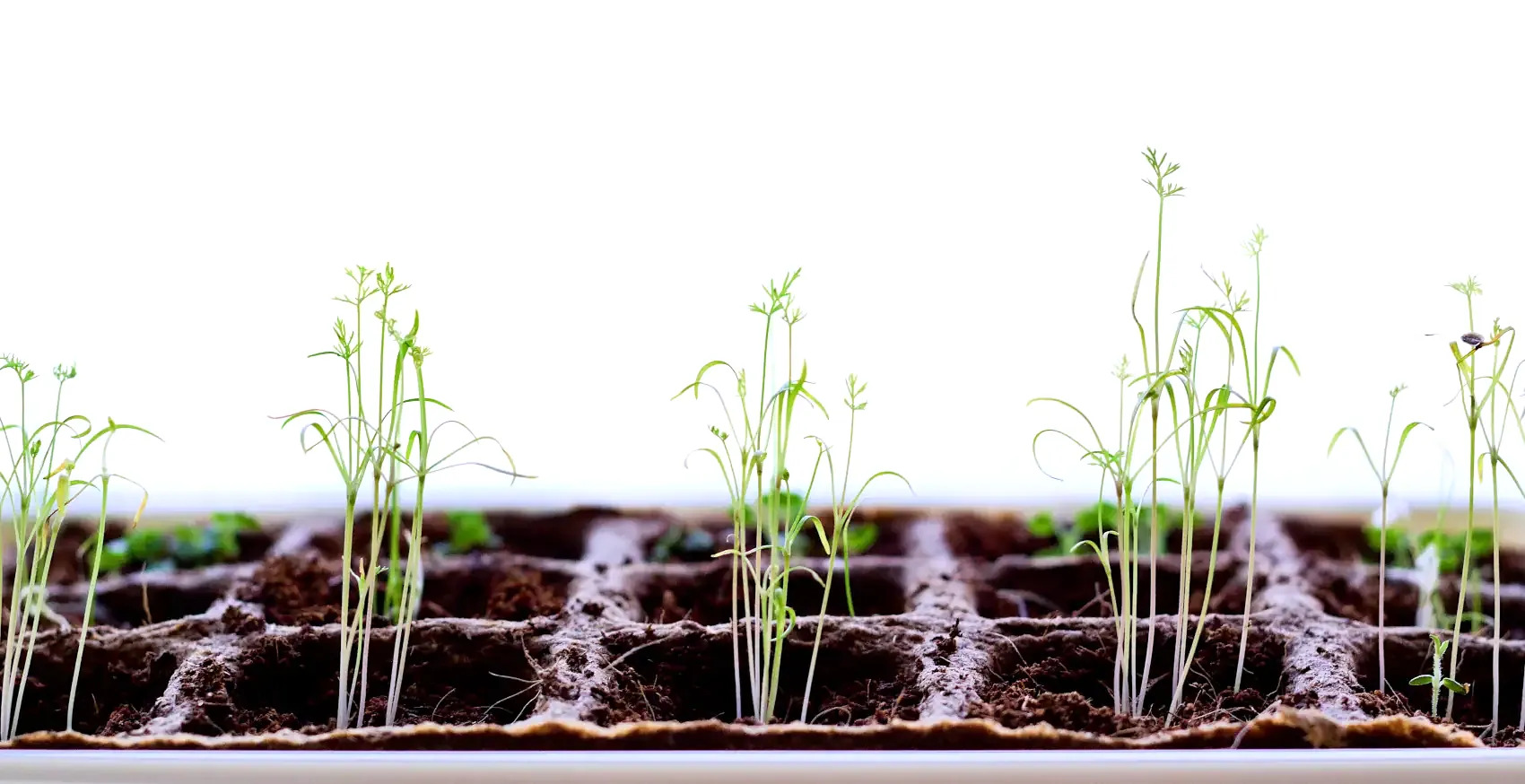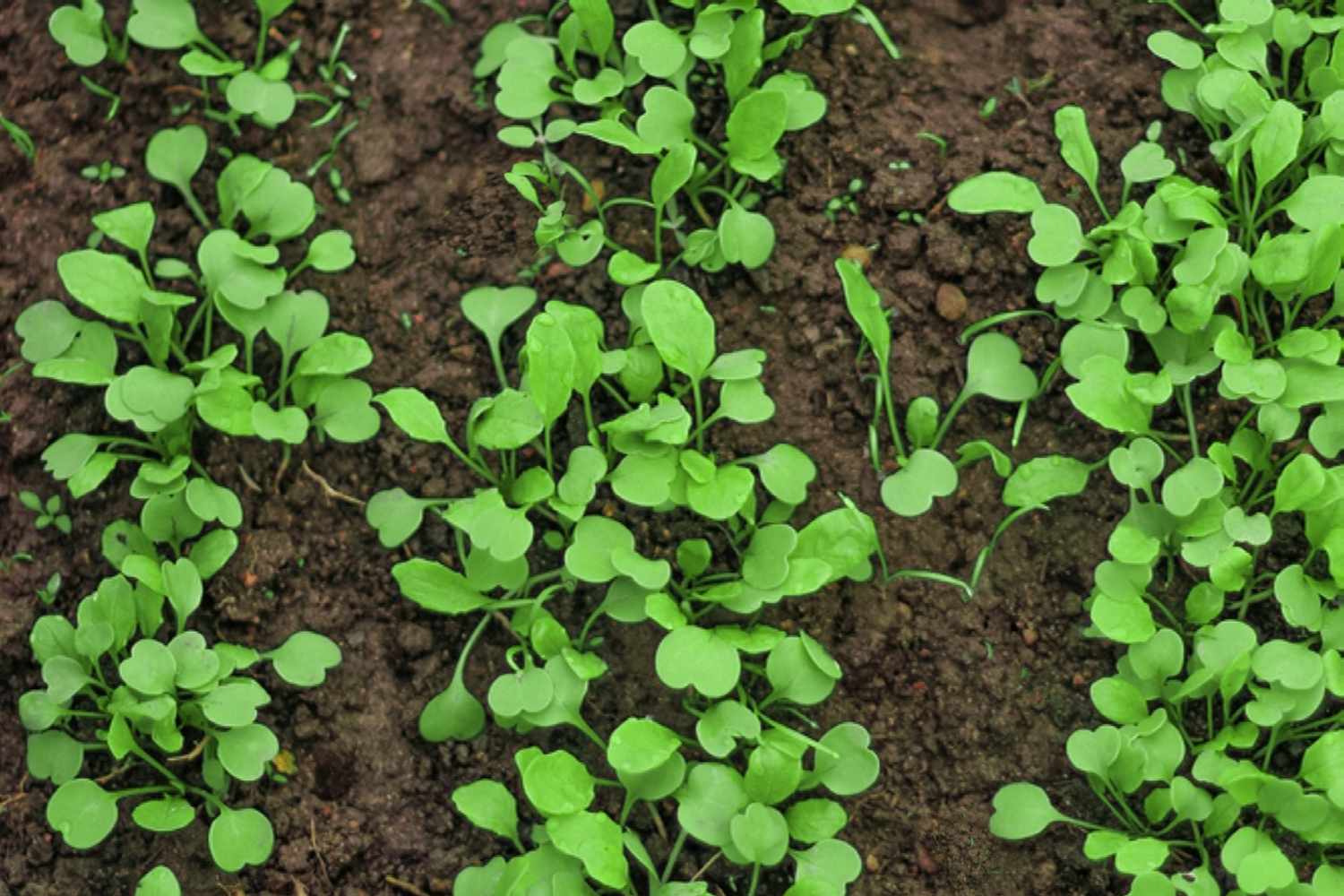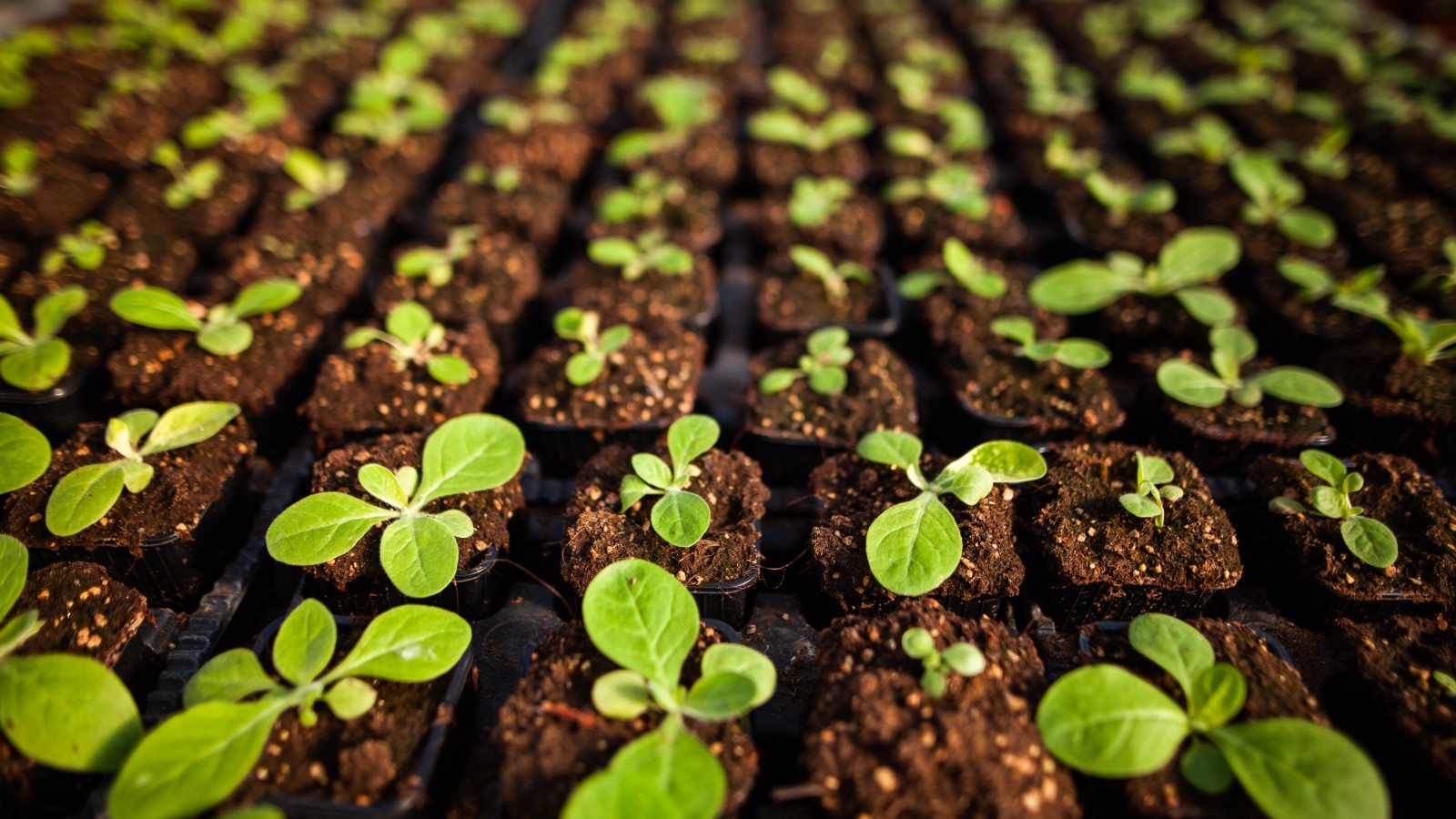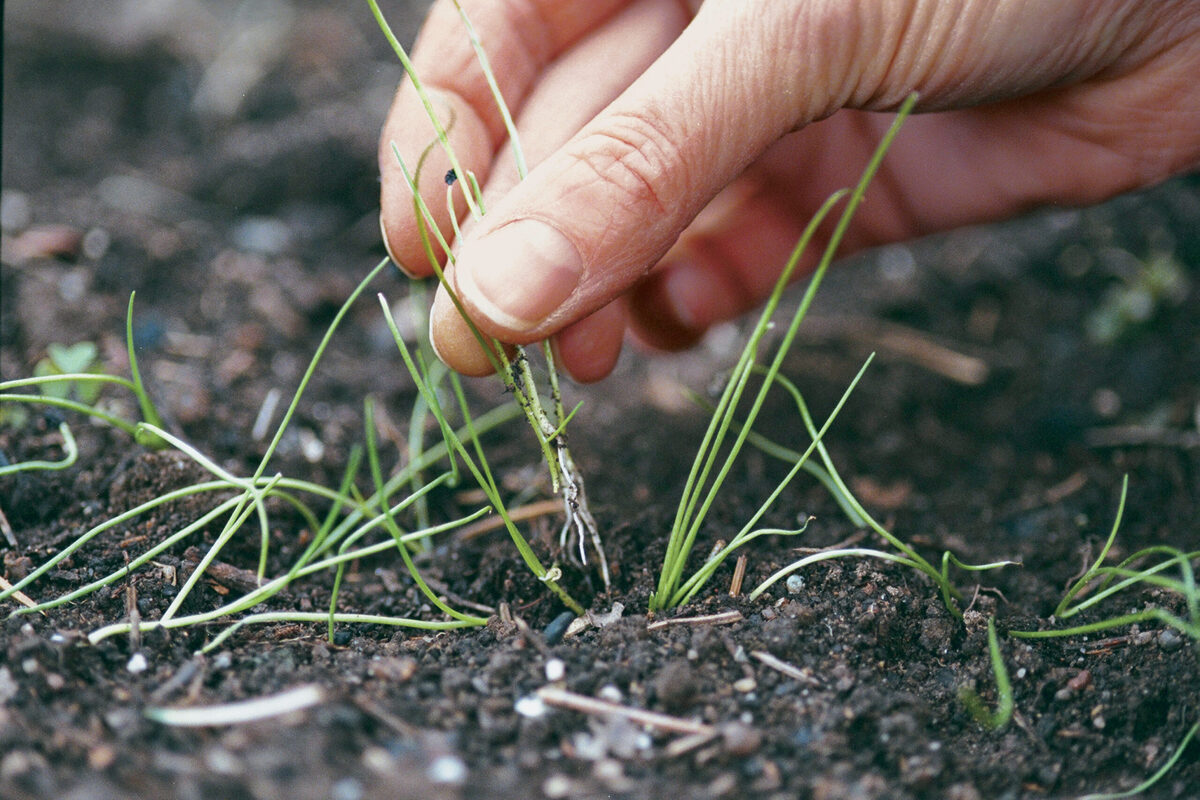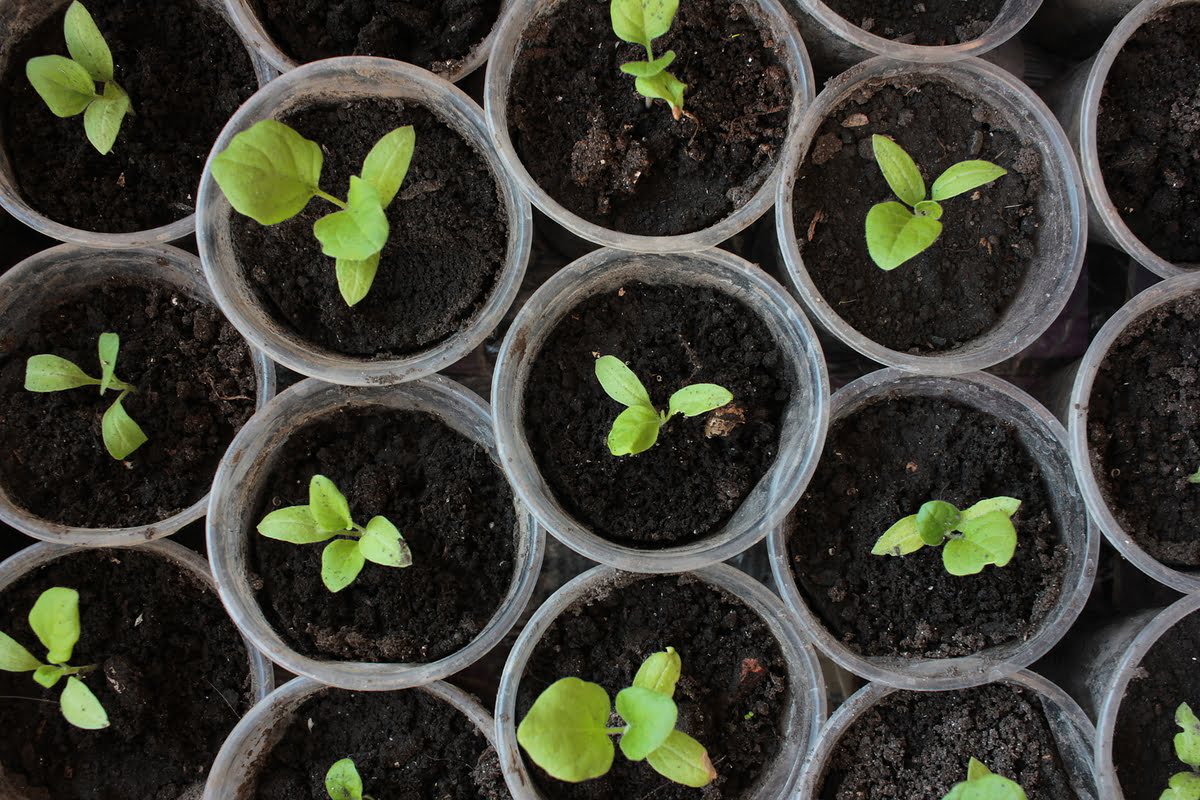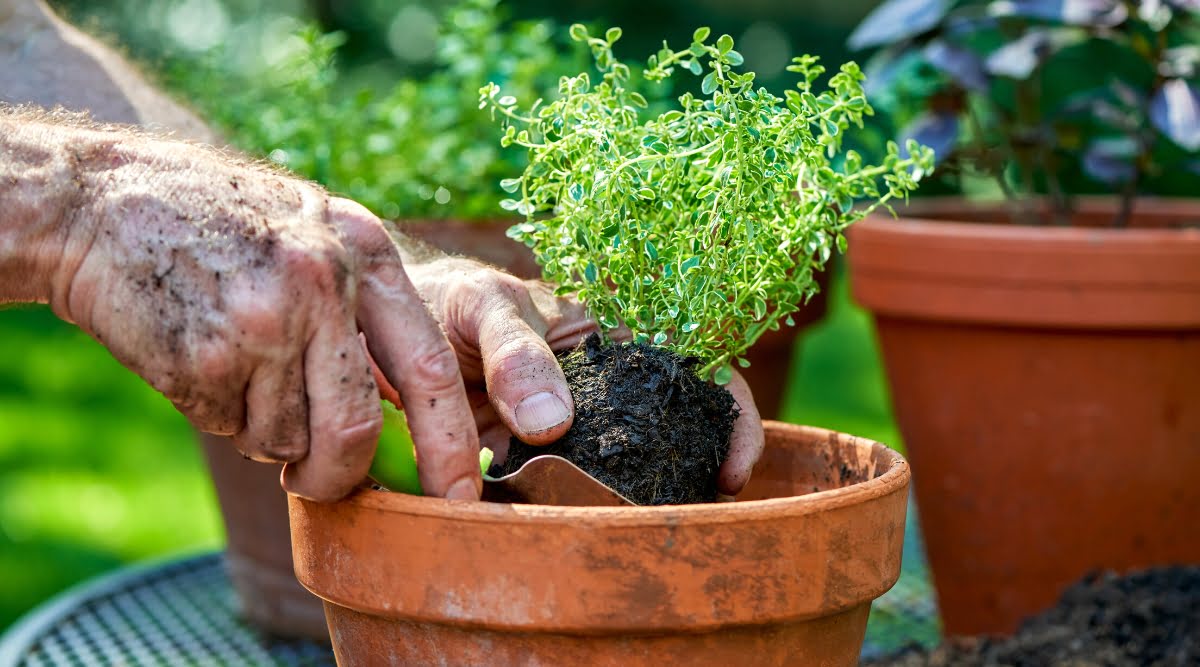Home>Types of Gardening>Edible Gardening>When To Plant Carrot Seedlings
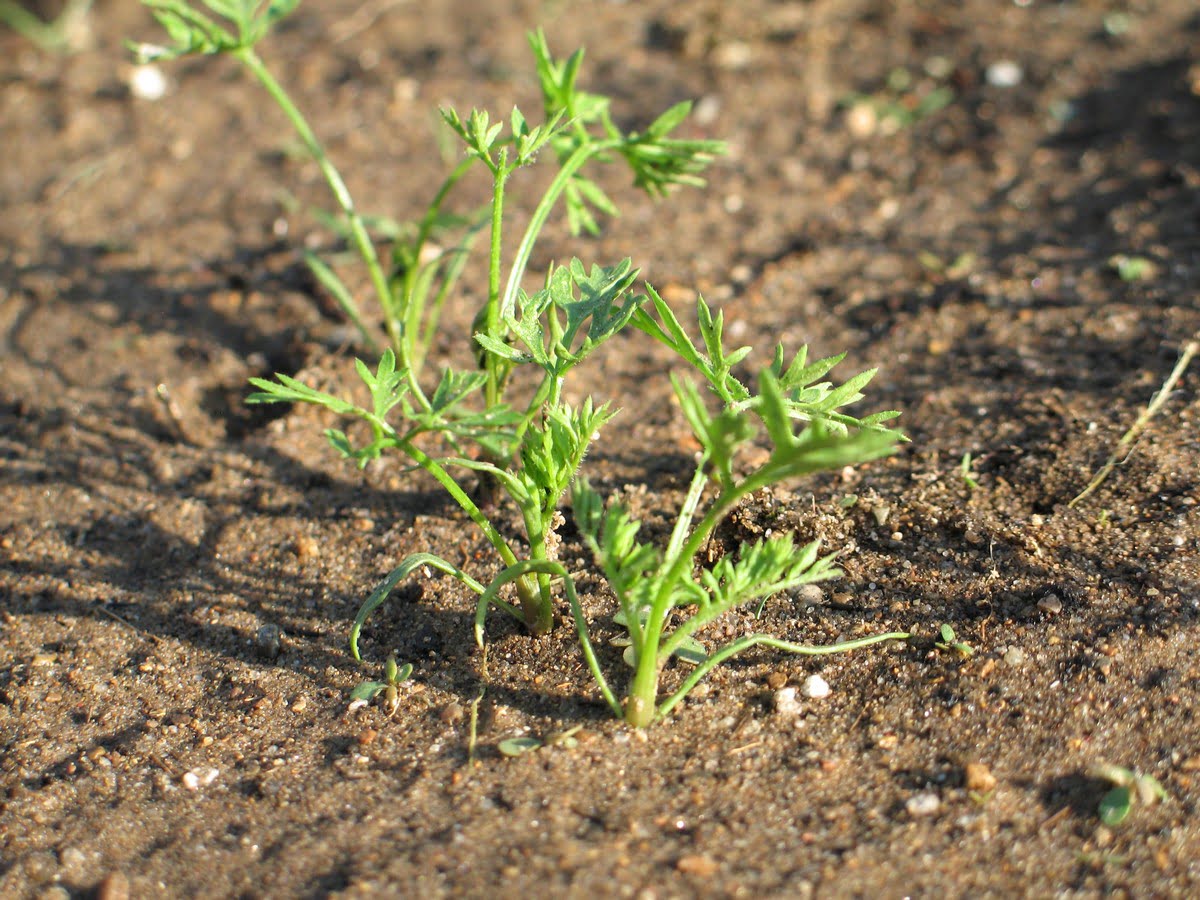

Edible Gardening
When To Plant Carrot Seedlings
Modified: February 10, 2024
Learn when to plant carrot seedlings for a successful edible gardening experience. Get expert tips on the best timing and conditions for planting and growing your own carrots.
(Many of the links in this article redirect to a specific reviewed product. Your purchase of these products through affiliate links helps to generate commission for Chicagolandgardening.com, at no extra cost. Learn more)
Table of Contents
Introduction
Introduction
Carrots are a popular and versatile vegetable that can thrive in a variety of climates. Their sweet, crunchy roots are not only delicious but also packed with essential nutrients, making them a staple in many home gardens. Planting carrot seedlings is an exciting endeavor that can lead to a bountiful harvest, but it requires careful consideration and timing to ensure success.
In this comprehensive guide, we will explore the optimal conditions for planting carrot seedlings, the best time to plant them, and the essential steps for caring for these delicate plants. By understanding these factors, you can maximize the growth and yield of your carrot crop, whether you are a seasoned gardener or a novice enthusiast.
Throughout this article, we will delve into the intricate details of cultivating carrot seedlings, from the initial planning stages to the post-planting care. By the end, you will be well-equipped with the knowledge and confidence to nurture thriving carrot plants in your own garden. So, let's embark on this horticultural journey and unearth the secrets to successfully planting and nurturing carrot seedlings.
Factors to Consider Before Planting Carrot Seedlings
Before diving into the planting process, it’s crucial to consider several key factors that can significantly impact the success of your carrot crop. By carefully evaluating these elements, you can create an optimal environment for your carrot seedlings to thrive.
- Soil Quality: Carrots thrive in loose, well-drained soil that is free of rocks and debris. Prior to planting, assess the soil quality and amend it with organic matter, such as compost, to improve its texture and fertility. Additionally, ensure that the soil pH is slightly acidic to neutral, ideally ranging from 6.0 to 7.0, to support healthy root development.
- Sunlight: Carrot seedlings require ample sunlight to flourish. Select a planting site that receives at least six to eight hours of direct sunlight per day. Adequate sunlight not only promotes robust growth but also enhances the flavor and sweetness of the carrots.
- Temperature: Carrots are cool-season vegetables that prefer moderate temperatures. Before planting, monitor the local climate and aim to sow the seedlings when the soil temperature reaches around 50 to 85 degrees Fahrenheit (10 to 29 degrees Celsius). Avoid planting in excessively hot conditions, as this can impede germination and lead to poor root development.
- Spacing and Depth: Proper spacing and seeding depth are critical for the healthy development of carrot seedlings. Ensure that the soil is loose and free of obstructions to allow the roots to penetrate easily. Aim for a planting depth of approximately 1/4 to 1/2 inch (0.6 to 1.3 cm) and space the seeds or seedlings at least 2 inches (5 cm) apart to prevent overcrowding and competition for nutrients.
- Weed Control: Weeds can hinder the growth of carrot seedlings by competing for resources and creating dense foliage that shades the young plants. Prior to planting, clear the designated area of weeds and implement proactive weed management strategies to maintain a weed-free environment throughout the growing season.
By carefully considering these crucial factors before planting carrot seedlings, you can lay a solid foundation for a thriving and productive crop. These preparatory measures will contribute to the overall health and vitality of your carrot plants, setting the stage for a successful growing season.
Best Time to Plant Carrot Seedlings
Timing plays a pivotal role in the successful cultivation of carrot seedlings, as these delicate plants have specific temperature and light requirements for optimal growth. Understanding the best time to plant carrot seedlings is essential for maximizing their potential and ensuring a bountiful harvest.
For most regions, the ideal time to plant carrot seedlings is during the early spring or fall, when the temperatures are moderate and the soil is workable. In cooler climates, planting in early spring, once the threat of frost has passed, allows the seedlings to establish themselves before the heat of summer arrives. Alternatively, in milder regions, fall planting provides favorable conditions for carrot growth, as the cooler temperatures promote root development and enhance the vegetable’s flavor.
When determining the precise timing for planting carrot seedlings, it’s important to consider the local climate and the specific characteristics of the carrot variety being cultivated. As a general guideline, aim to sow the seedlings approximately two to three weeks before the last expected frost date in the spring or two to three months before the first expected frost date in the fall. This strategic timing allows the seedlings to take root and mature before facing extreme temperature fluctuations.
Additionally, monitoring soil temperature is crucial for gauging the readiness of the planting site. Carrot seedlings prefer soil temperatures ranging from 50 to 85 degrees Fahrenheit (10 to 29 degrees Celsius) for optimal germination and growth. Utilizing a soil thermometer can provide valuable insights into the temperature conditions, helping you determine the most favorable window for planting.
It’s important to note that while carrots can tolerate light frosts, prolonged exposure to freezing temperatures can impede their growth and lead to subpar yields. Therefore, exercising caution and attentiveness to weather patterns is essential when deciding on the best time to plant carrot seedlings.
By aligning the planting schedule with the seasonal nuances and temperature preferences of carrot seedlings, you can set the stage for robust growth and a plentiful harvest. Careful consideration of the best planting time empowers gardeners to optimize the conditions for their carrot crop and nurture thriving, healthy plants.
How to Plant Carrot Seedlings
Planting carrot seedlings involves a series of meticulous steps to create an environment conducive to their growth and development. By following these essential guidelines, you can ensure that the seedlings are positioned for success and equipped to flourish throughout the growing season.
Prepare the Soil: Begin by preparing the planting area, ensuring that the soil is loose, well-drained, and free of debris. Incorporate organic matter, such as compost, to improve soil texture and fertility, creating an optimal environment for the seedlings to thrive.
Sow the Seedlings: Carefully sow the carrot seedlings at the recommended depth of approximately 1/4 to 1/2 inch (0.6 to 1.3 cm), spacing them at least 2 inches (5 cm) apart to allow ample room for root expansion. Gently cover the seedlings with soil, pressing lightly to ensure good seed-to-soil contact.
Watering: After planting, provide a thorough watering to ensure that the soil is evenly moist. It’s important to maintain consistent moisture levels, as irregular watering can lead to issues such as root splitting and poor germination. Avoid overwatering, as excessively wet conditions can cause the seeds to rot.
Thinning: Once the seedlings have emerged and developed their first true leaves, thin them to achieve the recommended spacing of 2 inches (5 cm) between plants. Carefully remove excess seedlings, allowing the remaining plants ample space to grow and mature without competition.
Weed Control: Implement proactive weed control measures to prevent invasive weeds from encroaching on the planting area. Regularly remove weeds and apply mulch to suppress weed growth while retaining soil moisture and temperature stability.
Protecting from Pests: Safeguard the young seedlings from pests such as carrot rust flies and aphids by employing physical barriers or organic pest control methods. Monitoring the plants for signs of pest damage and promptly addressing any issues can help preserve the health of the seedlings.
Monitor Growth: Continuously monitor the growth and development of the carrot seedlings, observing their progress and addressing any emerging issues promptly. Regularly inspect the plants for signs of stress, disease, or nutrient deficiencies, taking proactive measures to support their well-being.
By meticulously following these steps and providing attentive care, you can establish a nurturing environment for the carrot seedlings to thrive. These foundational practices set the stage for robust growth and lay the groundwork for a successful harvest of vibrant, flavorful carrots.
Caring for Carrot Seedlings After Planting
After planting carrot seedlings, diligent care and maintenance are essential to support their growth and ensure a successful harvest. By implementing targeted strategies and providing attentive oversight, you can foster the optimal conditions for the seedlings to thrive and develop into robust, flavorful carrots.
Consistent Watering: Maintaining consistent moisture levels is crucial for the healthy development of carrot seedlings. Ensure that the soil remains evenly moist, but not waterlogged, throughout the growing season. Regular, deep watering is especially important during dry spells to support robust root development and prevent the carrots from becoming woody or stunted.
Thinning: As the seedlings continue to grow, monitor their spacing and thin them as needed to maintain the recommended distance of 2 inches (5 cm) between plants. Thinning promotes better air circulation, reduces competition for nutrients, and allows the carrots to reach their full size and potential.
Soil Maintenance: Keep the planting area free of weeds, as they can impede the growth of the seedlings and compete for essential resources. Applying a layer of organic mulch around the plants can help suppress weed growth, retain soil moisture, and regulate soil temperature, creating an optimal environment for the carrots to thrive.
Fertilization: Carrot seedlings benefit from a balanced fertilizer application to support their nutrient needs. Apply a low-nitrogen fertilizer once the seedlings have established themselves, avoiding excessive nitrogen, which can lead to lush foliage at the expense of root development. Follow the recommended application rates and timing to provide the seedlings with the necessary nutrients for robust growth.
Pest and Disease Management: Monitor the carrot seedlings for signs of pest infestations and disease, taking proactive measures to mitigate potential issues. Employ physical barriers or organic pest control methods to protect the plants from common pests such as carrot rust flies and aphids. Regularly inspect the foliage for any signs of disease, addressing concerns promptly to safeguard the health of the seedlings.
Harvesting: As the carrot seedlings mature, monitor the size and color of the roots to determine the optimal time for harvesting. Depending on the variety, carrots are typically ready for harvest 60 to 80 days after planting. Gently loosen the soil around the plants and carefully lift the carrots, taking care not to damage the roots, to enjoy the flavorful rewards of your nurturing efforts.
By providing attentive care and addressing the specific needs of the carrot seedlings, you can nurture thriving plants and cultivate a bountiful harvest of vibrant, flavorful carrots. These ongoing care practices are instrumental in supporting the growth and vitality of the seedlings, culminating in a rewarding and successful gardening experience.
Conclusion
Embarking on the journey of planting and nurturing carrot seedlings is a rewarding and fulfilling endeavor that offers a wealth of flavorful rewards. By carefully considering the essential factors before planting, understanding the optimal timing, and implementing best practices for care and maintenance, you can foster the ideal conditions for the seedlings to thrive and develop into vibrant, healthy carrots.
Throughout this comprehensive guide, we have explored the intricacies of planting carrot seedlings, delving into the nuanced considerations and strategic approaches that contribute to their successful cultivation. From soil preparation and sowing to ongoing care and harvesting, each stage of the process plays a pivotal role in nurturing robust, flavorful carrots.
By aligning with the best practices and leveraging targeted strategies, you can create an environment that supports the growth and development of the carrot seedlings, ultimately leading to a plentiful harvest of delicious, homegrown produce. The journey of tending to these delicate plants is not only a testament to your horticultural prowess but also a source of pride and satisfaction as you savor the fruits of your labor.
As you embark on your gardening endeavors, may this guide serve as a valuable resource, empowering you to cultivate thriving carrot seedlings and revel in the joys of homegrown bounty. With attentive care, dedication, and a touch of horticultural finesse, you can nurture a flourishing garden abundant with vibrant, flavorful carrots, enriching your culinary creations and delighting your senses with nature’s bounty.
So, seize the opportunity to immerse yourself in the art of cultivating carrot seedlings, and let the journey unfold with the promise of a bountiful harvest and a tapestry of rich, rewarding experiences in your garden.
